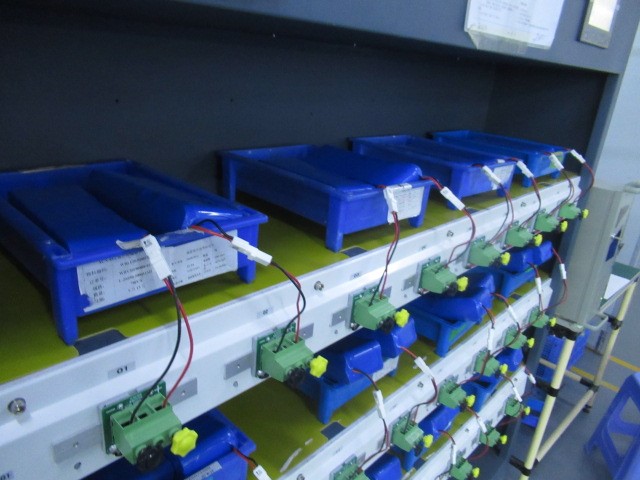
Contents
Introduction
NBNQC provides inspection services for stationery products in Chinese factories for global purchasers. This article outlines the general quality requirements, inspection processes, and relevant international standards for writing instruments from the perspective of a third-party inspection company. Writing instruments, including colored markers, crayons, pencils, ballpoint pens, gel pens, whiteboard markers, and highlighters, are essential tools in educational, professional, and personal settings. Ensuring their quality not only affects usability but also user safety.
Quality Requirements for Writing Instruments
- Colored Markers and Whiteboard Markers: These should have consistent ink flow, vibrant and uniform color, and be free from toxic substances. The tips should be durable and maintain their shape with use.
- Crayons: Quality crayons should be non-toxic, have uniform texture, and provide consistent color pay-off without excessive wax bloom.
- Pencils: They should have centered leads to prevent breakage, consistent hardness, and wood casing free from splinters.
- Ballpoint and Gel Pens: These pens require a smooth ink flow, consistent line quality, and long-lasting ink. The body should be ergonomically designed for comfortable grip.
- Highlighters: They should offer uniform color distribution, quick-drying ink to prevent smudging, and long-lasting fluorescence.
Third-Party Inspection Process
- Visual Inspection: Checking for physical defects, color uniformity, and branding accuracy.
- Performance Testing: Assessing ink flow, color consistency, tip durability, and writing comfort.
- Safety Testing: Ensuring compliance with safety standards, particularly regarding toxic substances.
- Durability Testing: Evaluating how the product withstands regular use, including drop tests and tip resilience tests.
- Packaging Inspection: Ensuring packaging integrity and information accuracy.
Important Tests in Quality Inspection
- Toxicity Tests: Checking for harmful substances like lead or asbestos, especially in products used by children.
- Wear and Tear Test: Assessing the endurance of the product under normal usage conditions.
- Ink Composition and Quality Test: Analyzing the ink for quality, drying time, and color fidelity.
- Ergonomics Assessment: Evaluating the design for user comfort during prolonged use.
International Standards
- ASTM D4236: A standard for art materials, including some writing instruments, ensuring they are properly labeled for chronic health hazards.
- EN 71-3: A European standard focusing on the safety of toys, including toxicity levels in materials like crayons and markers.
- ISO 27668-1 and ISO 27668-2: Standards for gel ink and ball pens regarding general use and safety.
Conclusion
Quality control in writing instruments is crucial for ensuring a safe and effective user experience. Third-party inspectors play a pivotal role in maintaining these standards through rigorous testing and evaluation processes. Adhering to international standards further guarantees that these products meet global safety and quality benchmarks.




